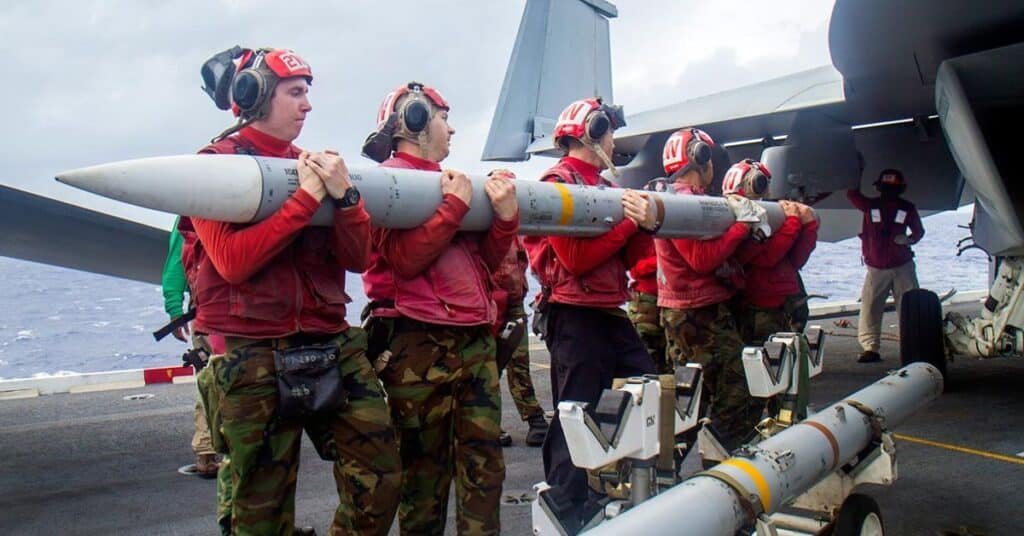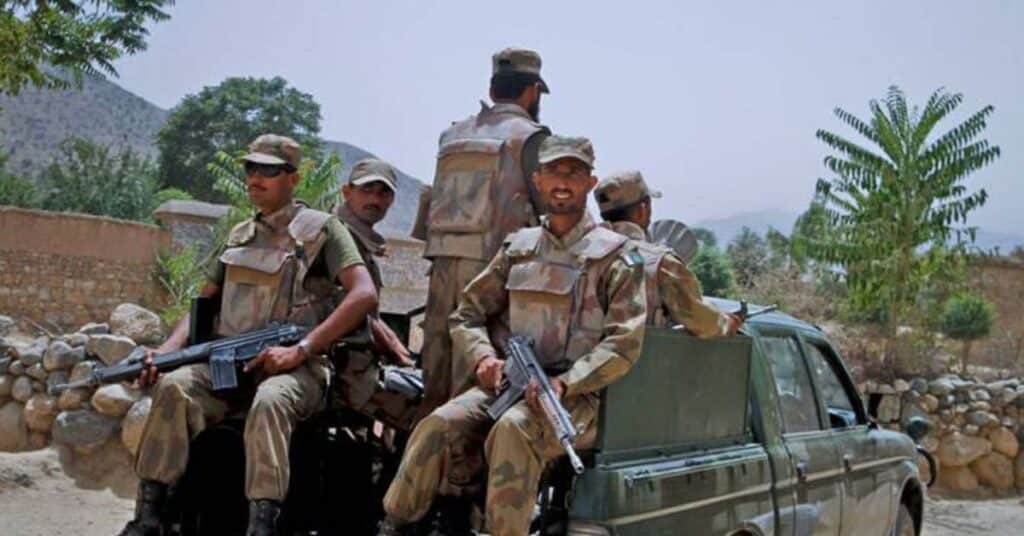WASHINGTON, DC (Kashmir English): The US government has modified its list of approved purchasers, enabling American defense firm Raytheon to sell advanced medium-range air-to-air missiles to Pakistan.
In a report by the BBC, the modification enables Pakistan to obtain the state-of-the-art AMRAAM missiles, which can hit targets over long distances even under poor weather conditions.
The worth of the agreement has increased marginally from $2.47 billion to $2.5 billion with the revision. Military gear, including such missiles, will be sold to more than 30 nations, including the UK, Germany, Poland, Australia, Qatar, South Korea, Japan, Canada, Italy, Saudi Arabia, and a few more.
The AMRAAM missiles or the AIM-120 are used extensively by the U.S. Air Force, Navy, and allies. The missiles are meant for long-range air-to-air combat and may be used on several combat fighter aircraft, such as the F-15, F-16, F-18, and the new F-35 fighter jets. The AIM-120 missiles have an attack range of as much as 180 kilometers, which renders them very effective against sophisticated enemies, such as China’s PL-15 missiles.
Pakistan’s inclusion among the list of advanced missiles’ purchasers is viewed as a notable measure in firming up the bilateral relations between Pakistan and the U.S., an indication of increasing cooperation between the two countries. The missiles might be integrated into Pakistan’s current inventory of U.S.-donated F-16 fighter aircraft, bolstering their fighting capacity.
This step also follows a wave of military breakthroughs after Pakistan successfully utilized Chinese-produced PL-15 missiles in the May India-Pakistan clashes, when Pakistan’s Air Force showed that it could strike Indian fighter aircraft at a distance of more than 100 miles.
The sale of AMRAAM missiles is likely to further enhance the defensive capability of Pakistan, and the contract shows the changing dynamics in regional defense cooperation and security.




